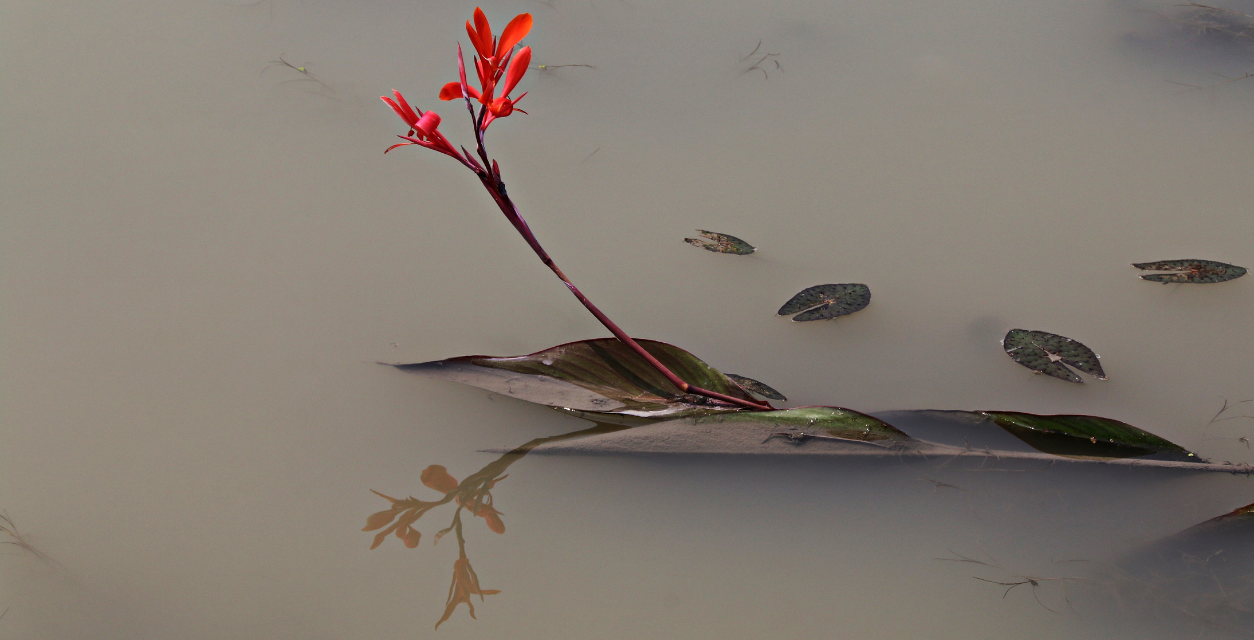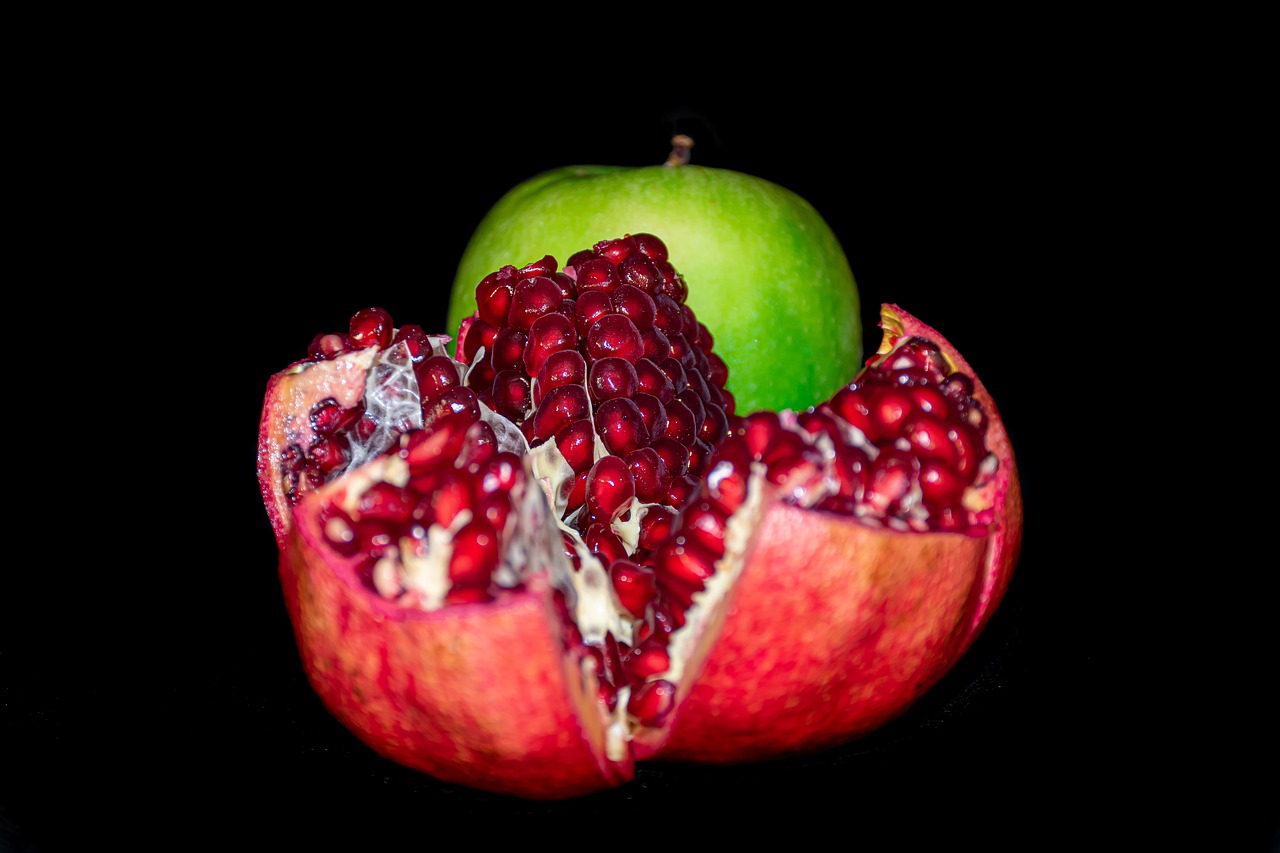Loss. That seems too small a word when you have lost your beloved daughter to an early death. But, really, is there any word that would be sufficient?
My beloved daughter Amanda was a beautiful, vibrant young woman. As a pre-schooler, she would put on backyard plays where the family would gather round. Later on, in middle school, she was the Editor of her school paper and President of the Student Council. I remember the highlight of that time for her was skipping class to go interview Desmond Tutu, her idol, whom she heard was visiting a church near her school. She was accepted into the High School for Performing Arts with her talent as a poet.
That was the outside. Inside there was a different person. Mandy was diagnosed with Bi-Polar Disorder after high school, which gave words to the often confusing different parts of her.
The manic part of her would stay up all night creating stunning art pieces or scrubbing her apartment. When the other part, the depression, crept in, she could hardly function. As her mother, a Family Therapist by profession, I could fearfully see what was happening, and I knew the names for all of it. I could name it and search out every new treatment. I could pray about it and I could find joy in the good times. But I couldn’t fix it. My husband and I went through a painful divorce during all of this.
When Mandy was thirty-three years old, I got the call that I had long been dreading. I knew the high incidence of suicide with Bi-Polar Disorder. I had thought we were past that. But there came a time when the darkness inside was just too heavy for her to carry.
The time after the call has no words. I literally fell on the floor and did not know if I would ever get up. I remember shouting at God, “I have to know right now, is this just random? If there is no meaning to life, I might as well join Mandy. Just take me too!” I don’t know how long I lay there, all I know was that I slowly became aware that I was totally enveloped in a feeling of being completely loved and held tightly in caring arms.
I slowly got to my feet. For the next two months, I took a sabbatical from my community mental health job and my concerned, loving private clients. I stayed in my night gown most of the day. I sobbed until I could no longer take a breath. Concerned friends and co-workers would bring food or stop by and wash my sheets or just give a hug. Of course, they thought I had totally “lost it”. They gently encouraged me to “just come back to work.”
I think this time of utterly and completely inhabiting my grief saved my life. In indigenous cultures, when a loved one dies, the women literally throw themselves on the grave and keen out their deep sorrow, allowing it to return to the earth. I think this is what I was intuitively doing even as our culture was worriedly wanting things to go back to “normal.” Grief is painful for others to watch.
Everything looked gray during that time. And then I remember one day sitting on my beloved porch wrapped in my beloved quilt and I could hear the birds singing. I looked around and could smell the pine trees and see the green deepness all around me. Color was beginning to come back into my life. Life was no longer all gray. I began to listen to my beloved bluegrass music. I began to take short drives. I began to come back to life.
No, there are no words adequate for that time, fifteen years ago. All that I know is that I was created by a loving God that wept with me as I wept. No, life is not random.













